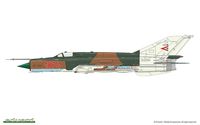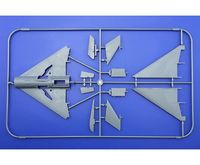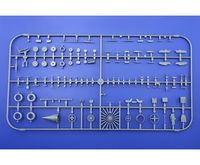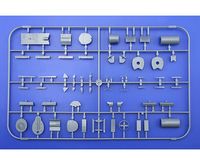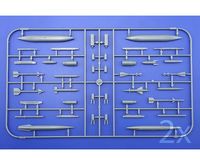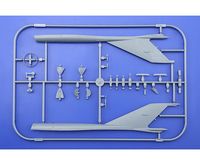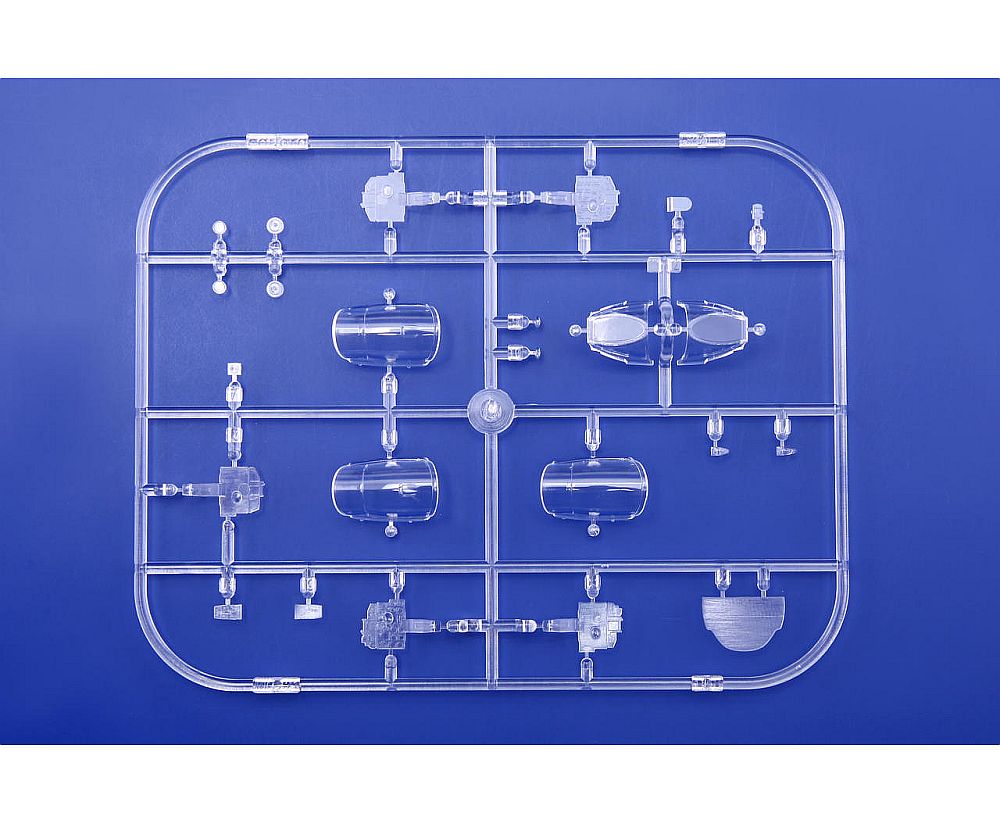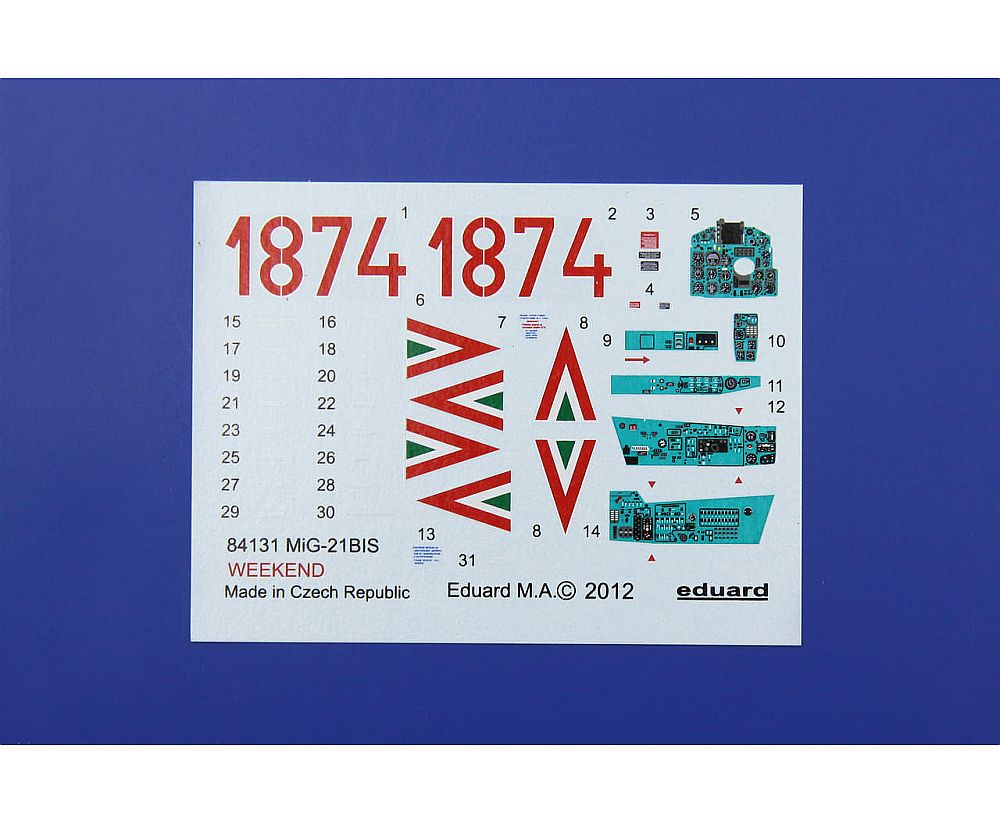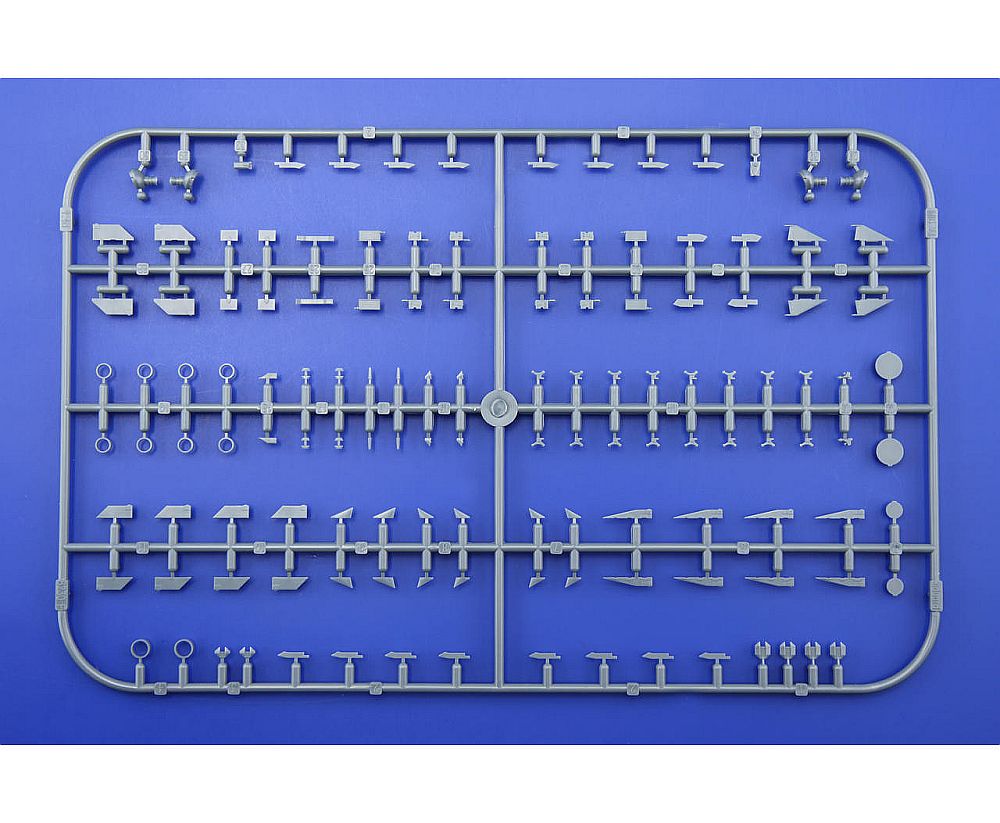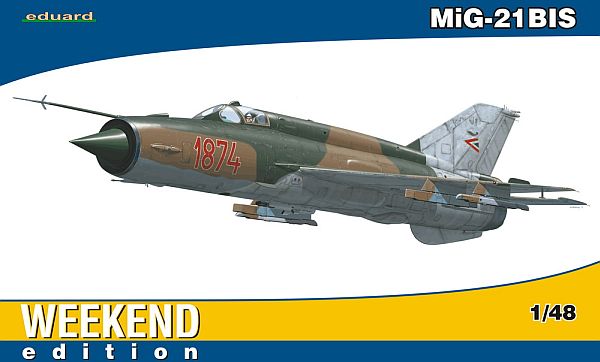
Eduard 1/48 Mig-21bis Weekend Edition
By Winston Gould
Introduction
Mig-21bis (From the instructions for the Mig-21bis, Kit # 8232):
The MiG-21 was one of a long list of Mikoyan-Gurevich products to be integrated into the armed forces of the Soviet Union, the Warsaw Pact, and allied client states. Its predecessors included such notable types as the MiG-15, MiG-17 and the supersonic MiG-19. The roots of this project reach back to the first half of the fifties. In 1954, the Ye-1 project came to an end, and was quickly picked up by the Ye-2. Both had a swept wing. The first machine to feature the delta wing was the Ye-4, which first took to the air on June 16th, 1955. It was also demonstrated a year later at the Moscow airfield Tushino. The first of the new line to enter production was the MiG-21F, which together with the MiG-21P and F-13 represented the first generation of the MiG-21, and was in production through the end of the fifties and the beginning of the sixties. Subsequent versions included the PF, FL, PFM, R, etc, the production of which peaked at the end of the sixties. The third generation started production in 1968, which included such versions as M, SM, MF, SMT, BIS among others. Simultaneously, two-seat training versions were also produced designated MiG-21U, UM and US. Production of the MiG-21 ended in 1985, and was put into service with some fifty nations. Over the course of the cold war, the opponents of the MiG-21 included the likes of the Northrop F-5 Freedom Fighter and the Dassault Mirage III. NATO assigned it the reporting name 'Fishbed'. It became the most produced supersonic fighter in terms of quantity. The new machines came off Soviet production lines in Moscow, Gorky and Tbilisi. The MiG-21F-13 was also built under license in Czechoslovakia and the MiG-21FL, M and BIS in India by Hindustan Aeronautics Ltd. The Soviet Union produced 10, 645 examples of all versions, 194 were built in Czechoslovakia and 657 in India. Outside of the Soviet Union, the type flew with a long list of nations on all continents with the exception of Australia. The MiG-21 participated in combat in Vietnam, the Indo-Pakistan wars, the Cuban participation in Angola and in the Arab world's attempt to eliminate Israel. Thanks to the high volume of use, the highest number of aces produced on the type was in Vietnam. The top of the ladder is occupied by Nguyen Van Coc with nine kills. The type serving as a fighter-bomber served with the Soviet Union and other nations of the Warsaw Pact into the eighties, when it began to be displaced by the MiG-29 Fulcrum. This kit is specific to the building of a model of the MiG-21BIS. In factory documentation, it is identified as 'Izdelye 75'. As opposed to the MF and SMT versions, it was optimized as a fighter, and not intended for ground attack as its primary role. It was powered by a Tumanskiy R-25-300, and armed with a twin barreled GS-23-2L 23mm cannon with 200 rounds. Hard points could still be loaded with R-13M, R-55, R-60 and R-60M missiles, UB-16-57 or UB-32A rocket pods, S-24 unguided rockets, bombs up to 500kg in size, and ZB-360 napalm bombs. The aircraft was delivered to nations of the former Warsaw Pact and the Third World either as the model 'Izdelye 75A' with the Lazur ground control intercept system, or as the 'Izdelye 75B with the Polyot OI ILS (Instrument Landing System). The former carried the NATO code 'Fishbed N', and the latter 'Fishbed K'. Both versions served as 'Izdelye 75' with Soviet VVS and PVO units.The Kit
The kit comes in a top-opening box containing eight sprues (Seven in tan-colored plastic, one clear plastic). One decal option is offered, a Mig-21bis, Izdelye 75AP, 31st „Kapos" Tactical Fighter Wing, 2nd „Boszorkany" Squadron, Taszár AB, September 1991. These markings are also one of six options included in the Eduard Mig-21bis ProfiPACK kit number 8232 (Mig-21bis from Finland, Poland, Hungary, India, Croatia and Bulgaria).This weekend edition kit is the standard Eduard Mig-21bis ProfiPACK offering (Cat. No. 8232) without the photo-etch sets, masks or multiple markings.
The surface detail is nice with a smooth finish, engraved panel lines and raised detail as appropriate for the aircraft. The twelve-page instruction sheet is a black and white, A4 sheet folded in half. The last page is in color for painting reference for the included markings. Construction is shown in 19 packed and very busy steps. Color references are Mr. Color, Mr. Metal Color and Aqueous, with the appropriate paint manufacturer reference numbers and names. No FS or Soviet equivalents are offered.Construction starts with a very detailed cockpit – no photo-etch required. NOTE: This kit does include decals for the instrument panel and side walls in the appropriate Soviet-era 'Quartz Green' interior color. The option is provided for raised-detail panels/sidewalls without the decals or smooth panels/sidewalls with decals. Next is the afterburner/exhaust section, the main gear wells and the cockpit sidewalls The fuselage is then closed up and the vertical tail and spine are added. The lower wing details are built and the lower wing is
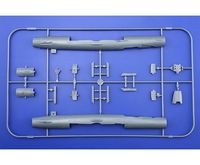
Conclusion
This kit is exactly what Eduard advertises for its 'Weekend Edition' kits: One version, all plastic (no etched, masks or 'extras') and a 'no frills' instruction sheet. You do get plenty of external stores for the spares box. Watch Internet Modeler for a full build review in the Fall. Highly recommended, especially if you want to build a quality out-of-the-box Mig-21bis, Hungarian or otherwise. Thank you Eduard for providing the review sample.
